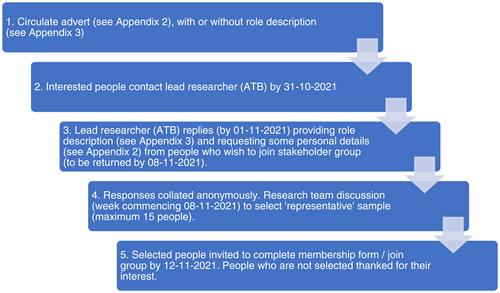Stakeholder involvement in a Cochrane review of physical rehabilitation after stroke: Description and reflections
Abstract
Introduction
It is good practice to involve stakeholders in systematic reviews, but it is not clear how best to involve them.
Aim
To describe and reflect on the stakeholder involvement within an update of a Cochrane review of physical rehabilitation after stroke.
Methods
A stakeholder group, comprising 15 stroke survivors, carers, and physiotherapists from across the United Kingdom, were recruited and contributed throughout the process of the review. A framework was used to describe when and how stakeholders were involved. Stakeholders provided feedback on their involvement after meetings. An amended version of a validated patient engagement tool was used to collect reflections on the stakeholder involvement process.
Results
Five stakeholder meetings were held throughout the review process, supplemented by additional communication. Several changes were made to the review structure, analyses, and wording as a direct result of the stakeholder involvement. Stakeholders and researchers agreed that stakeholders' contributions were taken seriously and influenced the review. Stakeholders felt that they were given the chance to share their views and that information was shared well before, during, and after each meeting to help them to contribute knowledgeably in the process. Stakeholder reflections highlighted a number of key lessons relating to stakeholder involvement, including process of reflection and feedback, use of remote/virtual meetings, need for adequate time and funding, tensions experienced by clinicians, and recruitment considerations.
Conclusions
We describe and reflect on stakeholder involvement in a systematic review and explores practical ways to support meaningful engagement during systematic review production. Our experience supports the view that coproducing reviews with stakeholders can make systematic reviews more relevant and meaningful. Our approach and experiences can be used to inform future review coproduction, supporting development of useful reviews that will improve clinical practice.


 求助内容:
求助内容: 应助结果提醒方式:
应助结果提醒方式:


